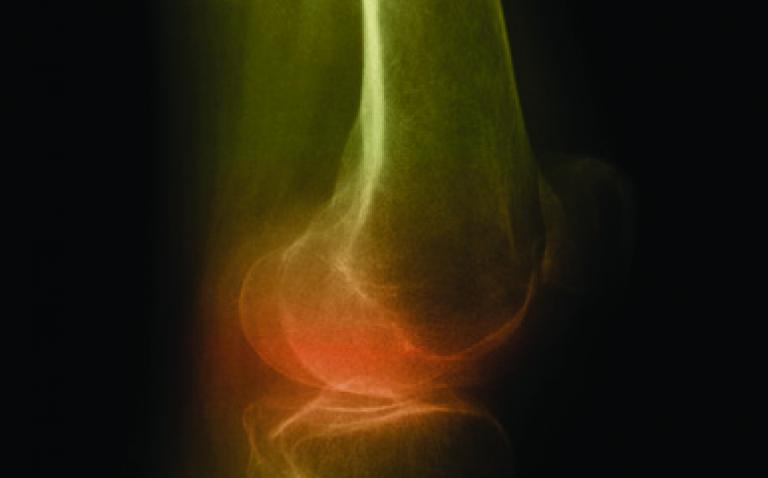Joint replacement patients are younger, heavier and expect more compared with previously, according to surgeons.
A recent survey of orthopaedic surgeons undertaken at the British Orthopaedic Association (BOA) Congress indicated that the average patient undergoing hip or knee joint replacement was now clinically obese and significantly younger than ten years ago.
The survey, commissioned by orthopaedic specialist Stryker, was designed to gauge the changing needs of patients. Such findings present challenges for developing technologies suitable for a new type of joint replacement patient.
In the survey surgeons estimated that their hip and knee replacement patients now had an average BMI reading of more than 30 points which was in the obese section of the scale. Nearly three quarters (72%) said that patients’ BMI had increased from five years ago.
Surgeons have seen a change in the age of patients referred to them. Nearly 90% said their patients were younger than ten years ago by an average of 7.5 years.
Patients also expected to participate in higher activity levels after surgery. Some 85% of surgeons reporting such change believed patients were more interested in returning to recreational exercise than patients in the past.
“This survey provides interesting insight into the experiences of the orthopaedic surgeons who took part,” BOA President Stephen Cannon said.
“One of our major goals in orthopaedic research is to achieve maximum longevity of prostheses and it is appropriate that all of us should give our closest attention to working to achieve this goal.”
These factors present a test for the manufacturers of replacement joints.
The UK has an increasing life expectancy and an ageing population. Younger, heavier patients who now want to participate in higher levels of activity need longer-lasting, more durable joint implants that can cope with greater loads.
One important component in replacement hip and knee joints is the bearing, which can make a significant difference to the survival of a joint.
It acts as a junction between the moving components, reducing wear as the joint moves. It can be made of ceramic, metal or polyethylene.
A groundbreaking new type of crosslinked polyethylene called X3 has been developed which tackles three factors that contribute to hip and knee joint failure – strength, wear and oxidation.
What looks to the naked eye nothing more than a piece of white plastic is crosslinked by a unique sequential irradiation and annealing (heating) process. This means the strength is maintained while its wear resistance is improved by up to 97% for hips and 84% for knees.
“With increasing numbers of younger and heavier patients undergoing joint-replacement surgery a material such as X3 has the potential to help reduce the number of joint revisions required due to wear and tear,” said Dr John Dumbleton, one of the inventors of X3.
It is thought that X3 could provide a real option for younger patients, particularly in knee replacement operations as the pressure on knee joints is considerable.
Surgeons have been limited in their choice of bearing materials suitable for knees and a crosslinked polyethylene that has no reduction in strength is a major breakthrough.
Mr Niall Flynn, a consultant knee surgeon at Portsmouth NHS Trust, Spire Hospital Portsmouth and Nuffield Hospital in Hampshire, who has used X3 in knee operations said: “X3 is a groundbreaking development in knee replacement surgery. I see younger, more active patients who need a knee replacement and to have a bearing material available that offers us the chance of greater survivorship of the joint is a huge breakthrough.”
“Fewer joint revisions would mean saving precious NHS resources. A hip joint revision can cost around £7,185 and knee revision £6,574.”










